7 College Stadiums That Are Secretly Built on Historic Battlegrounds
When attending a college football game, few spectators pause to consider the ground beneath their feet. Yet, some college stadiums sit upon land that once bore witness to crucial moments in history. These sites, now echoing with the cheers of sports fans, were once battlegrounds where soldiers fought and died. This article delves into the fascinating stories of seven such college stadiums, exploring the layers of history hidden beneath their fields. From Civil War battlefields to sites of indigenous resistance, these stadiums are more than just sports venues; they are silent witnesses to the past, offering a unique lens through which to view American history.
The University of Mississippi's Vaught-Hemingway Stadium
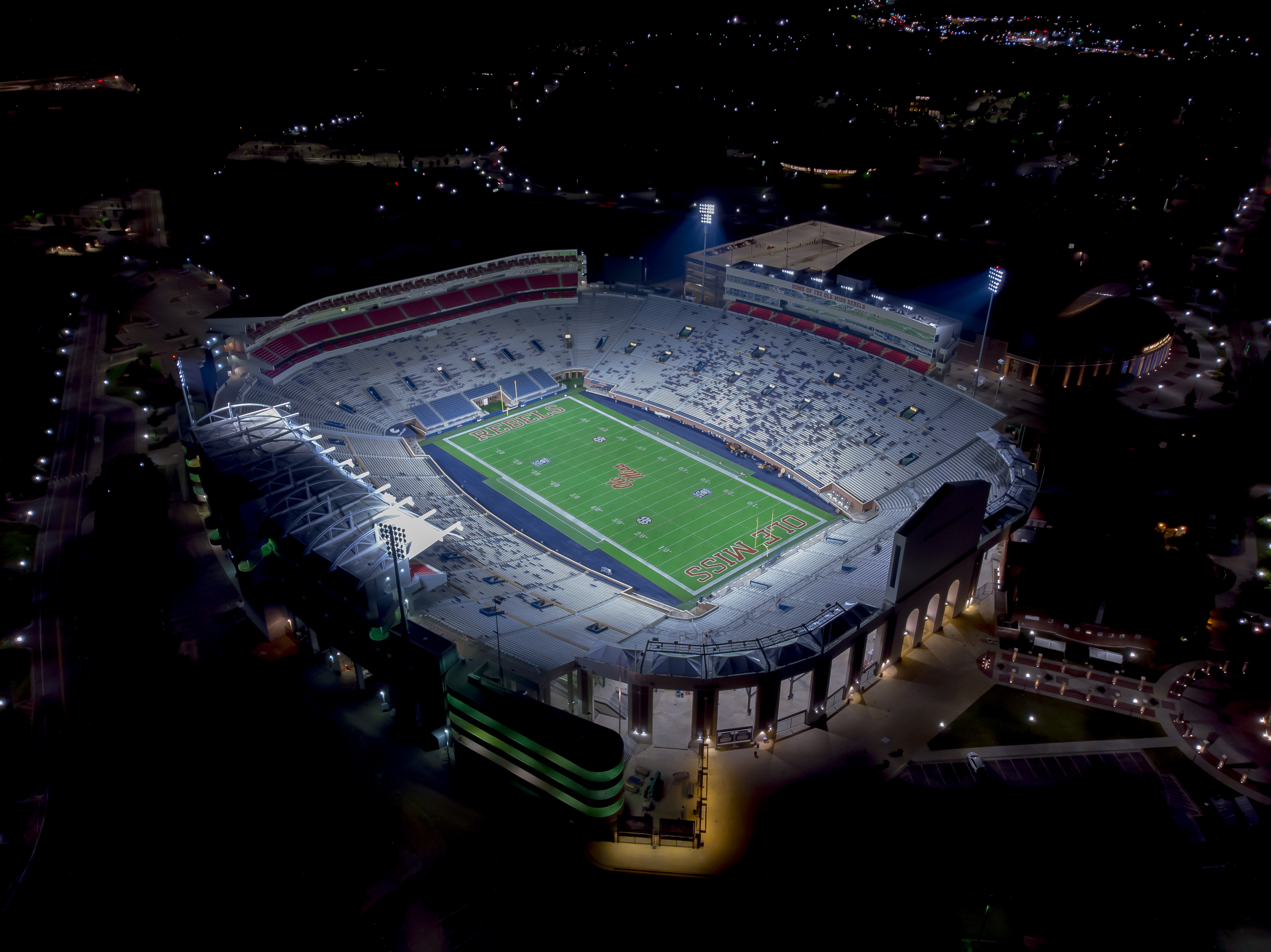
Vaught-Hemingway Stadium, home to the Ole Miss Rebels, is located in Oxford, Mississippi, a region steeped in Civil War history. During the Vicksburg Campaign, Union and Confederate forces clashed in and around Oxford, with the town serving as a strategic point for both sides. The area around the university was a Confederate stronghold, and skirmishes in the vicinity left a lasting mark on the landscape. Although the stadium itself was not a battleground, its location is a testament to the turbulent history of the region, reminding us of the university's role in the larger narrative of the Civil War and the ongoing struggle for civil rights.
The University of Alabama's Bryant-Denny Stadium
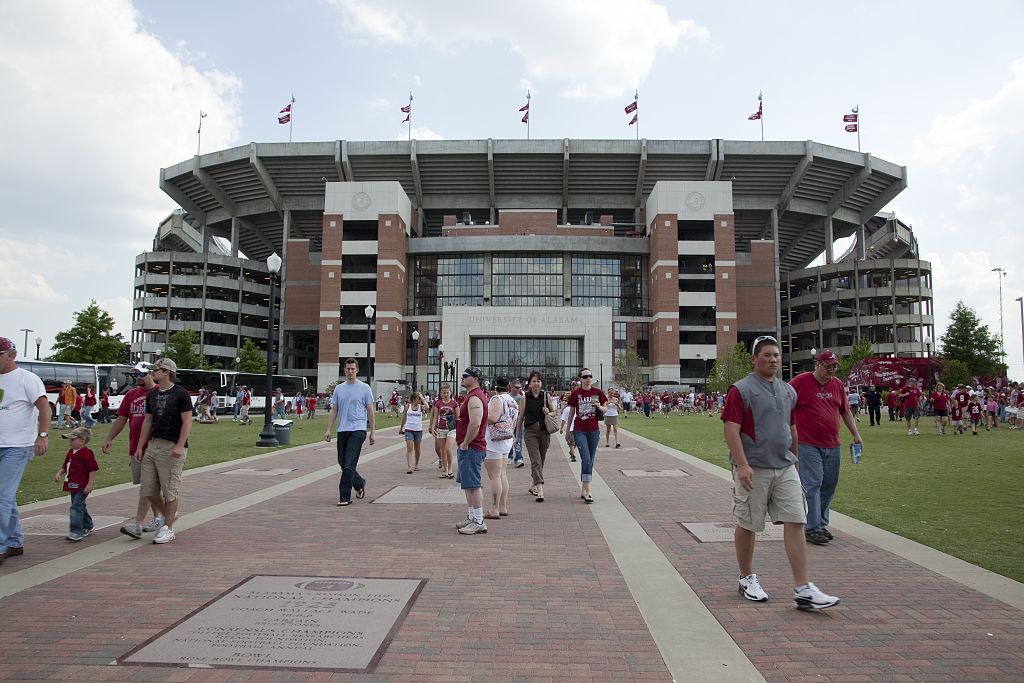
Bryant-Denny Stadium in Tuscaloosa, Alabama, sits near the site of the Battle of Selma, one of the last major battles of the Civil War. In April 1865, Union forces led by General James H. Wilson launched a cavalry raid that culminated in the capture of Selma, a Confederate manufacturing hub. Although the battle occurred miles away, the strategic importance of the region and its proximity to Tuscaloosa link the stadium to this pivotal moment. The stadium, therefore, is not just a place for sports but a reminder of the region's role in the Civil War's concluding chapters, adding a layer of historical depth to its modern-day significance.
The University of Georgia's Sanford Stadium
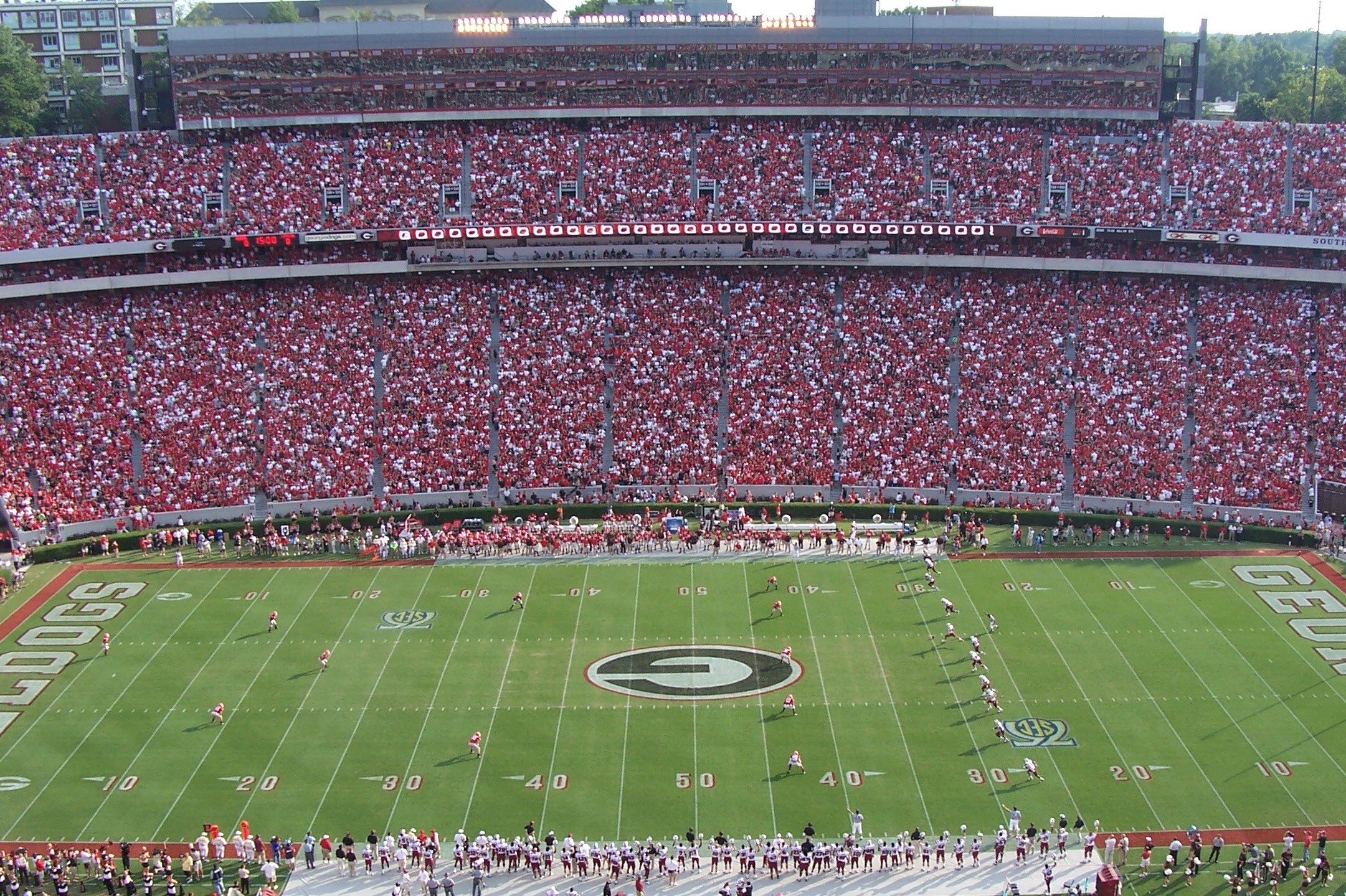
Sanford Stadium, nestled in Athens, Georgia, is built near the site of the Revolutionary War's Battle of Kettle Creek. This battle, fought in February 1779, was a significant Patriot victory in Georgia, helping to disrupt British plans to recruit Loyalists in the South. The region's history as a battleground during the fight for American independence adds a layer of historical intrigue to the stadium. The presence of this historical site nearby serves as a reminder of the struggles and sacrifices made during the nation's founding, linking the university and its stadium to the broader story of America's fight for freedom.
The University of Tennessee's Neyland Stadium

Neyland Stadium in Knoxville, Tennessee, is situated near the site of the Battle of Fort Sanders, a key engagement during the Civil War's Knoxville Campaign. In November 1863, Union forces successfully defended the fort against a Confederate assault, securing East Tennessee for the Union. The stadium's proximity to this historic battlefield underscores the strategic importance of Knoxville during the war. As fans gather to cheer on the Volunteers, they stand near a site where soldiers once fought for control of the region, connecting the present-day excitement of college football with the historical significance of past conflicts.
The College of William & Mary's Zable Stadium
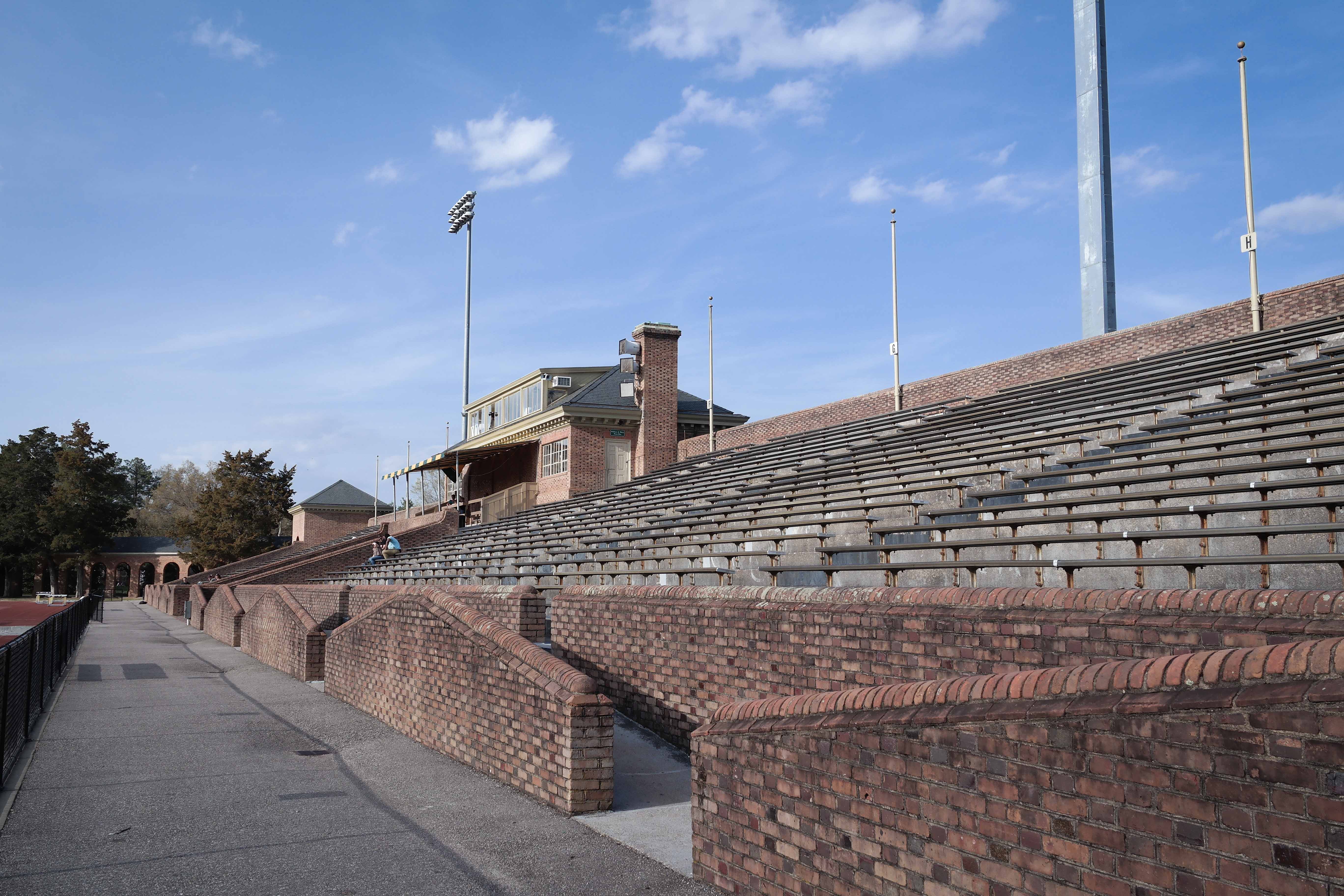
Zable Stadium at the College of William & Mary in Williamsburg, Virginia, is situated in a region rich with Revolutionary War history. The college itself served as a hospital for both American and British troops during the war, and the surrounding area saw several skirmishes. The Siege of Yorktown, the war's final major battle, took place just miles away. This proximity to such a crucial historical event imbues the stadium with a sense of historical gravity, linking the college's athletic pursuits with the broader narrative of America's struggle for independence and the birth of a new nation.
The University of Maryland's Maryland Stadium

Maryland Stadium in College Park, Maryland, is located near the site of the Battle of Bladensburg, fought during the War of 1812. This battle, sometimes called the "Bladensburg Races" due to the rapid American retreat, preceded the British burning of Washington, D.C. The proximity of the stadium to this historic site serves as a reminder of the nation's vulnerability during the early 19th century, highlighting the challenges faced by a young America. As students and fans gather for games, they are connected to the past, where the fight for the nation's survival played out nearby, adding a historical dimension to their sporting experiences.
The University of Kansas' David Booth Kansas Memorial Stadium
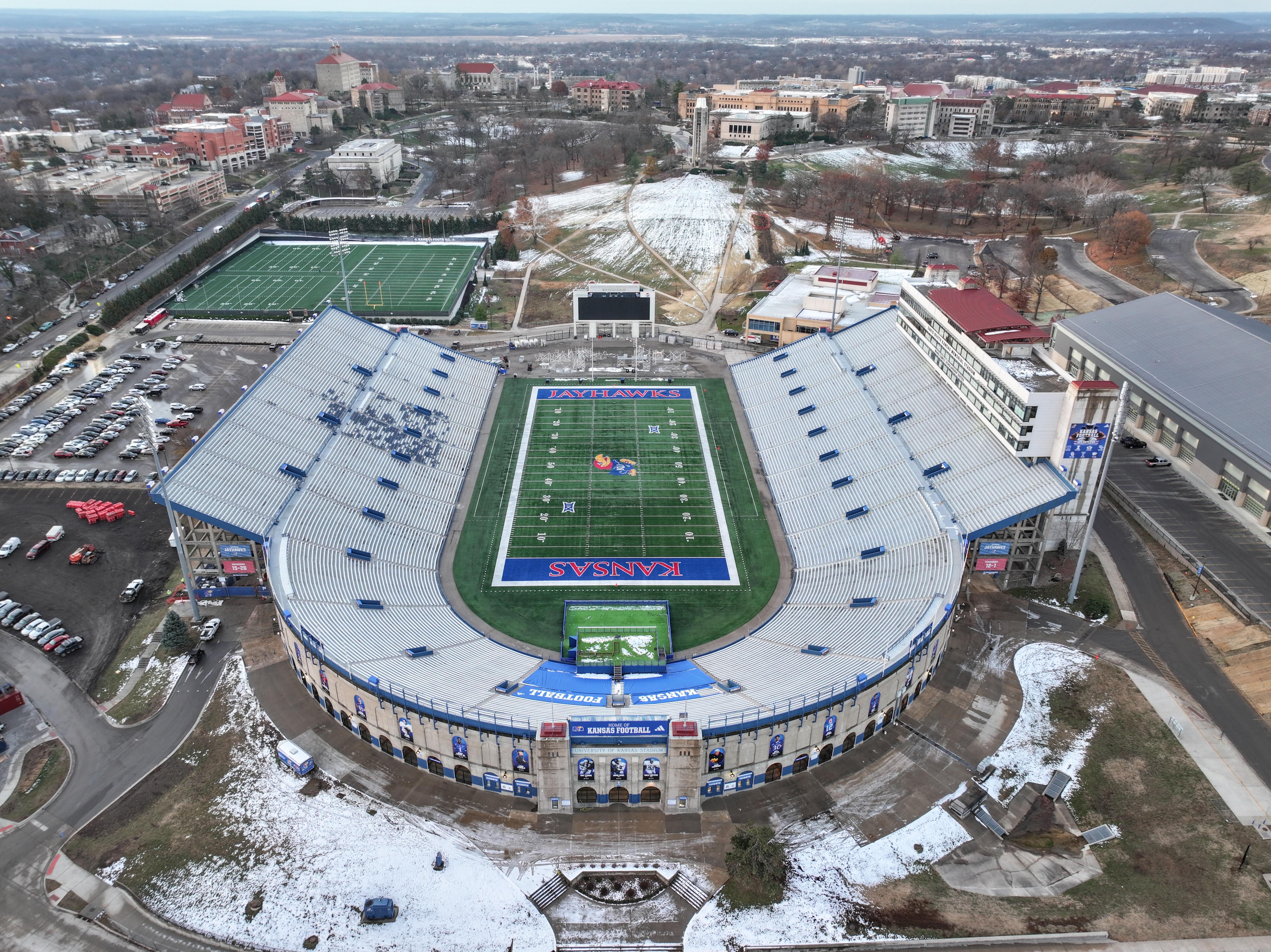
David Booth Kansas Memorial Stadium in Lawrence, Kansas, is built on the site of significant conflict during the Bleeding Kansas era, a precursor to the Civil War. The region was a hotbed of violence between pro-slavery and anti-slavery factions, with Lawrence itself being attacked by pro-slavery forces in 1856. This tumultuous history is a backdrop to the stadium, which stands as a memorial to Kansas' role in the fight against slavery. The stadium not only hosts athletic events but also serves as a symbol of the state's commitment to freedom and equality, reminding attendees of the area's historical significance.
The Legacy of Battleground Stadiums

These college stadiums, each with their unique historical connections, offer more than just a venue for athletic events. They are living memorials to the past, embodying the complex histories of the lands on which they stand. By understanding the stories beneath these stadiums, we gain a deeper appreciation for the rich tapestry of American history and the enduring legacy of those who fought on these grounds. As fans cheer for their teams, they are also honoring the memory of those who once fought for freedom, justice, and the future of the nation, making each game a tribute to history itself.








